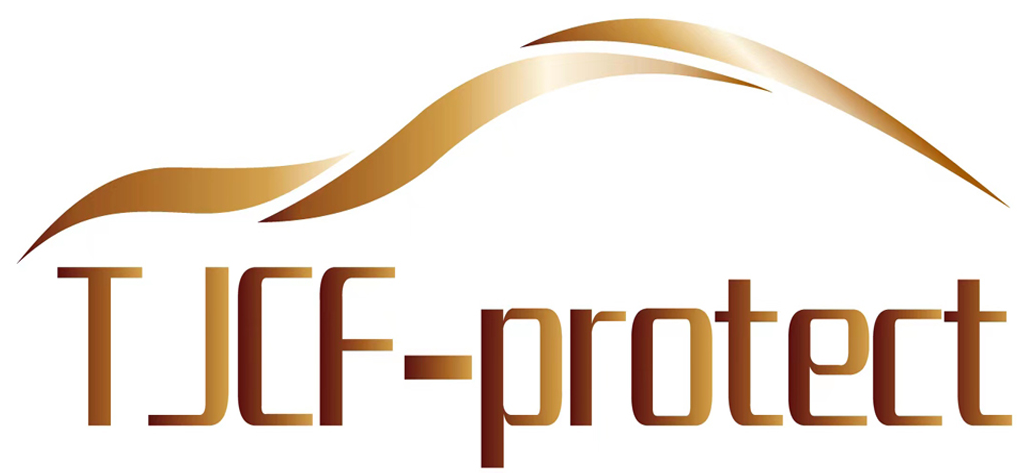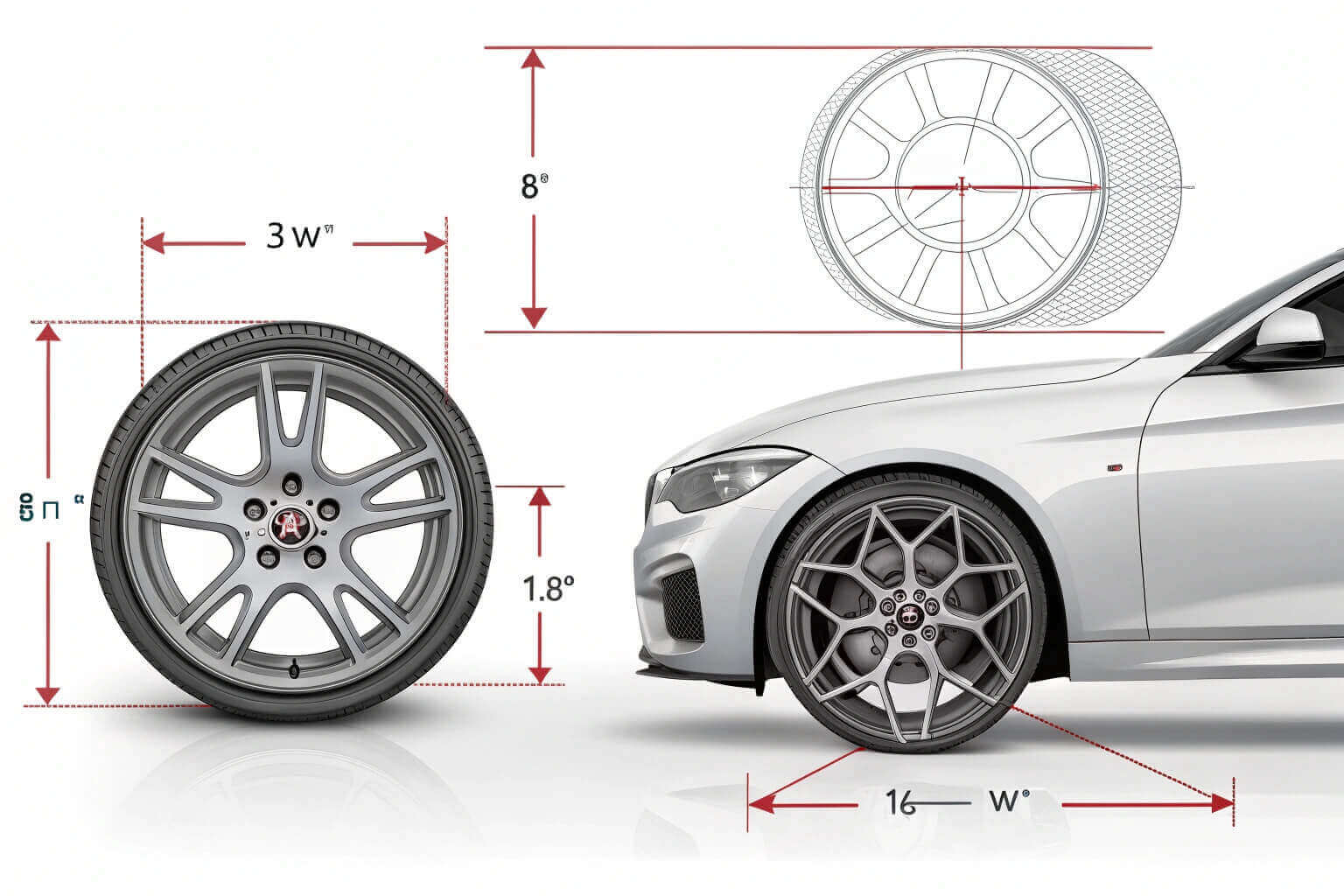Wondering if those new wheels will fit your car? The right wheel fitment is about more than looks—it affects safety, performance, and even how your suspension and brakes work. Getting it wrong leads to rubbing, vibrations, or costly returns.
Perfect wheel fitment requires checking five things: bolt pattern, hub bore, offset, backspacing, and brake/fender clearance. Correct fitment ensures your wheels look great and perform safely.
Aftermarket wheels are upgrades that can improve handling, acceleration, and braking by reducing weight and increasing grip. But the benefits only happen when fitment is right. Let’s break it down step by step.
How to find the perfect wheel fitment?
Choosing wheels by eye alone is risky. You must balance size, clearance, and hardware.
The perfect fitment comes from measuring your car’s specs and comparing them with wheel data: bolt pattern, hub bore, offset, backspacing, and width.
Dive deeper: Quick Fitment Checklist
Before buying, measure these three things:
✅ Back space – ensures the inside of the wheel doesn’t hit suspension.
✅ Front space – ensures the wheel doesn’t poke out past the fender.
✅ Brake clearance – important for vehicles with big calipers.
| Term | Definition | Why It Matters |
|---|---|---|
| Offset | Distance from hub to wheel centerline | Controls stance & clearance |
| Backspace | Centerline + offset | Prevents suspension rubbing |
| Frontspace | Centerline − offset | Keeps wheel flush with fender |
Example: A 19×10 +35 wheel on a Civic Type R gives ~16.2 cm backspace and ~9.2 cm frontspace. That creates a flush look with no rubbing.
How do I find out what wheels will fit my car?
Guessing leads to mistakes. Always rely on confirmed measurements.
You can find compatible wheels by checking your OEM manual, reading markings on your current wheels, or using online fitment tools with your vehicle make and model.
Dive deeper: Step-by-step guide
- Check stock wheels: Look behind spokes for ET (offset) and size markings.
- Read the manual: Lists recommended diameter, width, and PCD.
- Use online calculators: Enter your car details to see safe aftermarket options.
- Test-fit before tires: Place bare wheels on the hub to check clearance.
| Factor | Example | How to Confirm |
|---|---|---|
| Bolt pattern (PCD) | 5×114.3 | Count bolts × measure circle diameter |
| Hub bore | 66.6 mm | Measure hub center hole |
| Offset | ET35 | Stamped on wheel |
| Width | 8.5 in | Compare with tire width |
From my experience, test-fitting bare rims before mounting tires saves both money and frustration.
Are there free wheel visualizers available?
Most buyers want to “see” how wheels will look before ordering. Good news—visual tools exist.
Yes, free wheel visualizers are available online. Retailers like TSW, Discount Tire, and AudioCityUSA let you preview wheels on your exact car model.
Dive deeper: Why use a visualizer?
- Style check: Preview different finishes like matte black, gunmetal, or chrome.
- Offset effect: See how flush or tucked wheels look.
- Risk reduction: Avoids buying wheels that look wrong on your car.
| Visualizer | Features |
|---|---|
| TSW | Preview by make and model |
| Tire Rack | 3D side views |
| AudioCityUSA | Style + color comparison |
These tools are not perfect for clearance, but they help narrow down styles before you handle technical fitment.
How to figure out what wheel offset you need?
Offset is often the most confusing part of fitment, but it’s simple with a formula.
Wheel offset is the distance from the wheel’s mounting surface to its centerline. Positive = tucked in, negative = sticks out. Use math to calculate backspace and frontspace.
Dive deeper: Offset formulas
- Centerline (cm) = (Wheel width in inches × 2.54) ÷ 2
- Backspace (cm) = Centerline + Offset (mm ÷ 10)
- Frontspace (cm) = Centerline − Offset (mm ÷ 10)
| Example Wheel | Spec | Offset | Backspace | Frontspace |
|---|---|---|---|---|
| Civic Type R | 19×10 | +35 mm | 16.2 cm | 9.2 cm |
| BMW 3 Series | 18×8 | +40 mm | 15.2 cm | 7.2 cm |
| Jeep Wrangler | 17×9 | 0 mm | 11.4 cm | 11.4 cm |
Offsets must be checked against fender and suspension clearance. Too much positive offset = rubbing inside. Too much negative = wheel pokes past fenders.
Executive Summary (Quick Reference)
Aftermarket wheels improve performance and looks, but only if fitment is correct. Nail these five checks:
- Bolt pattern – must match your vehicle hub.
- Hub bore – exact match or use hub rings.
- Offset – controls in/out position.
- Backspacing – checks suspension clearance.
- Brake/fender clearance – ensures safe operation.
Conclusion
Now that you know the formulas and checks, grab a tape measure, test-fit bare wheels, and use a visualizer before ordering. This small effort saves money, time, and headaches.







